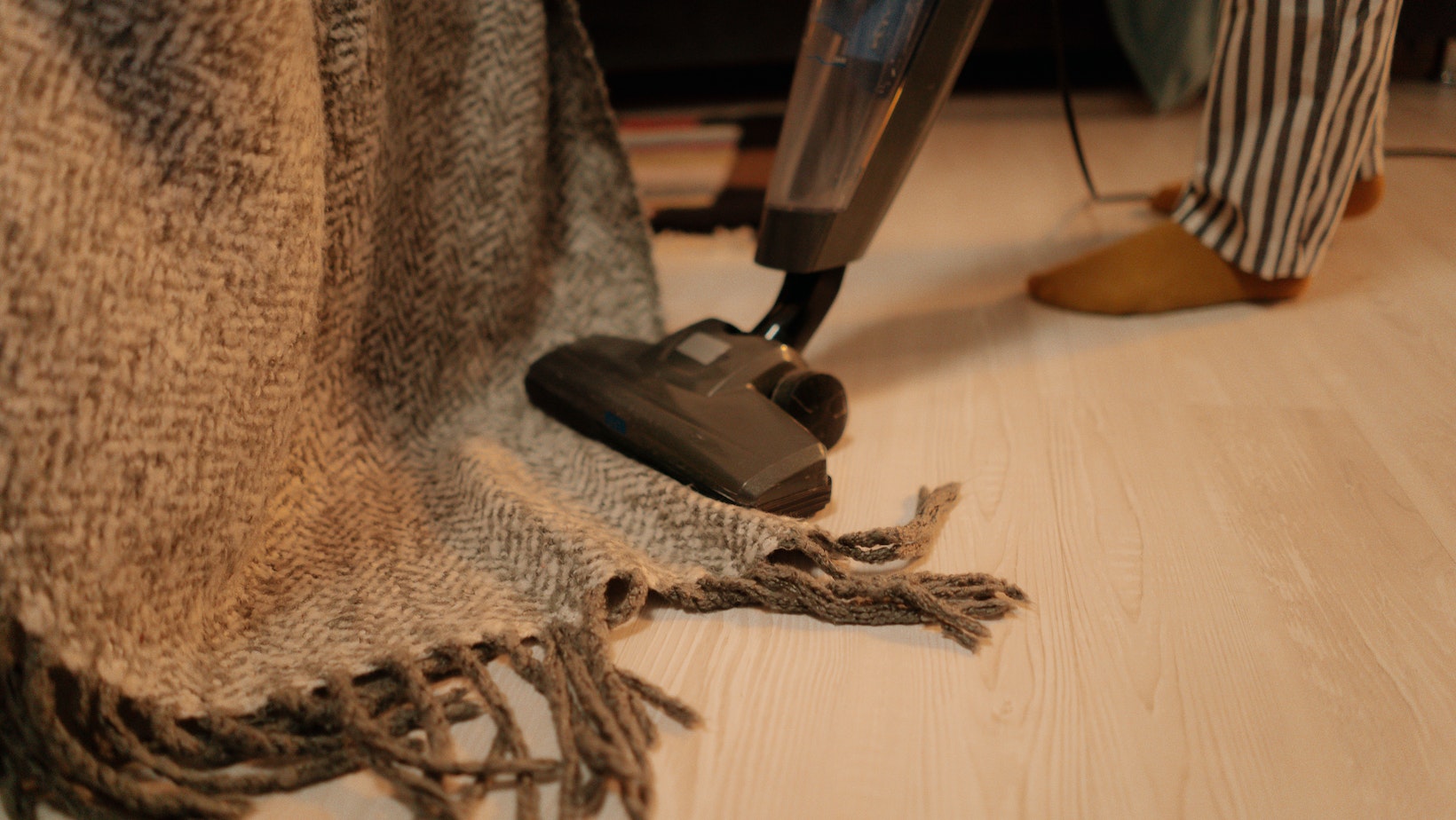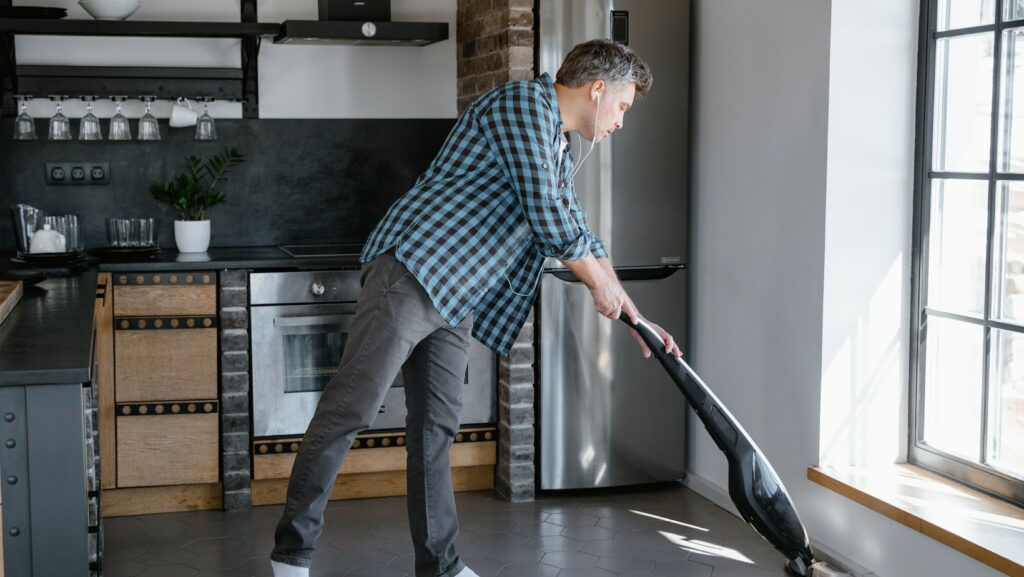Having trouble with your Shark vacuum not sucking? I know how frustrating it can be when your trusty cleaning companion suddenly stops performing as expected. But fear not, because in this article, I’ll provide you with some possible reasons and solutions for why your Shark vacuum won’t suck.
Table of Contents
ToggleShark Vacuum Won’t Suck
One of the common culprits behind a shark vacuum not sucking properly is clogged filters. Over time, dust, debris, and hair can accumulate in the filters, restricting airflow and reducing suction power. To check if your filters are clogged, you’ll want to follow these steps:
- Check the pre-motor filter: This filter is usually located at the bottom or side of the vacuum’s dust cup. Remove it and inspect for any visible dirt or blockages. If necessary, rinse it under running water and allow it to air dry before reinserting.
- Inspect the post-motor filter: This filter is typically found near the exhaust area of the vacuum cleaner. Take it out and examine its condition. If it appears dirty or clogged, clean or replace it according to the manufacturer’s instructions.
- Clean other filters: Some shark vacuums have additional filters like HEPA or foam filters that require periodic cleaning as well. Refer to your user manual for specific instructions on how to maintain these filters.
Regularly cleaning and maintaining your shark vacuum’s filters will help ensure optimal performance and prevent suction issues caused by blockages.
Damaged Hose
Another reason why your shark vacuum may not be sucking effectively is a damaged hose. The hose connects various components of the vacuum cleaner, allowing air and debris to flow through smoothly. However, if there are cracks, tears, or holes in the hose, suction power can be compromised.
To determine if a damaged hose is causing poor suction:
- Inspect visually: Carefully examine the entire length of the hose for any signs of damage such as cracks or splits.
- Check for leaks: Turn on your shark vacuum and feel along the hose while it’s running to detect any air leaks that could indicate damage.
If you discover any issues with the hose, it may need to be repaired or replaced. Contact the manufacturer or a qualified technician for assistance.

Worn Brushroll
A worn-out brushroll can also contribute to your shark vacuum’s suction problems. The brushroll is responsible for agitating and loosening dirt and debris from carpets and floors before they are sucked into the vacuum. Over time, the bristles on the brushroll can wear down, reducing its effectiveness in picking up dirt.
To determine if a worn brushroll is affecting your shark vacuum’s suction:
- Inspect visually: Turn off and unplug your vacuum, then remove the brushroll cover. Examine the condition of the bristles on the brushroll. If they appear frayed, flattened, or unevenly worn, it’s likely time for a replacement.
- Check for blockages: While inspecting the brushroll, also ensure that there are no tangled hair or debris wrapped around it. Clear any obstructions to restore optimal performance.
Replacing a worn brushroll is relatively straightforward and can usually be done by following the instructions provided by Shark or consulting their customer support.
By addressing these common issues of clogged filters, damaged hoses, and worn brushrolls, you can increase your chances of resolving suction problems with your Shark vacuum. Regular maintenance and timely replacements will help keep your vacuum functioning at its best performance level.

